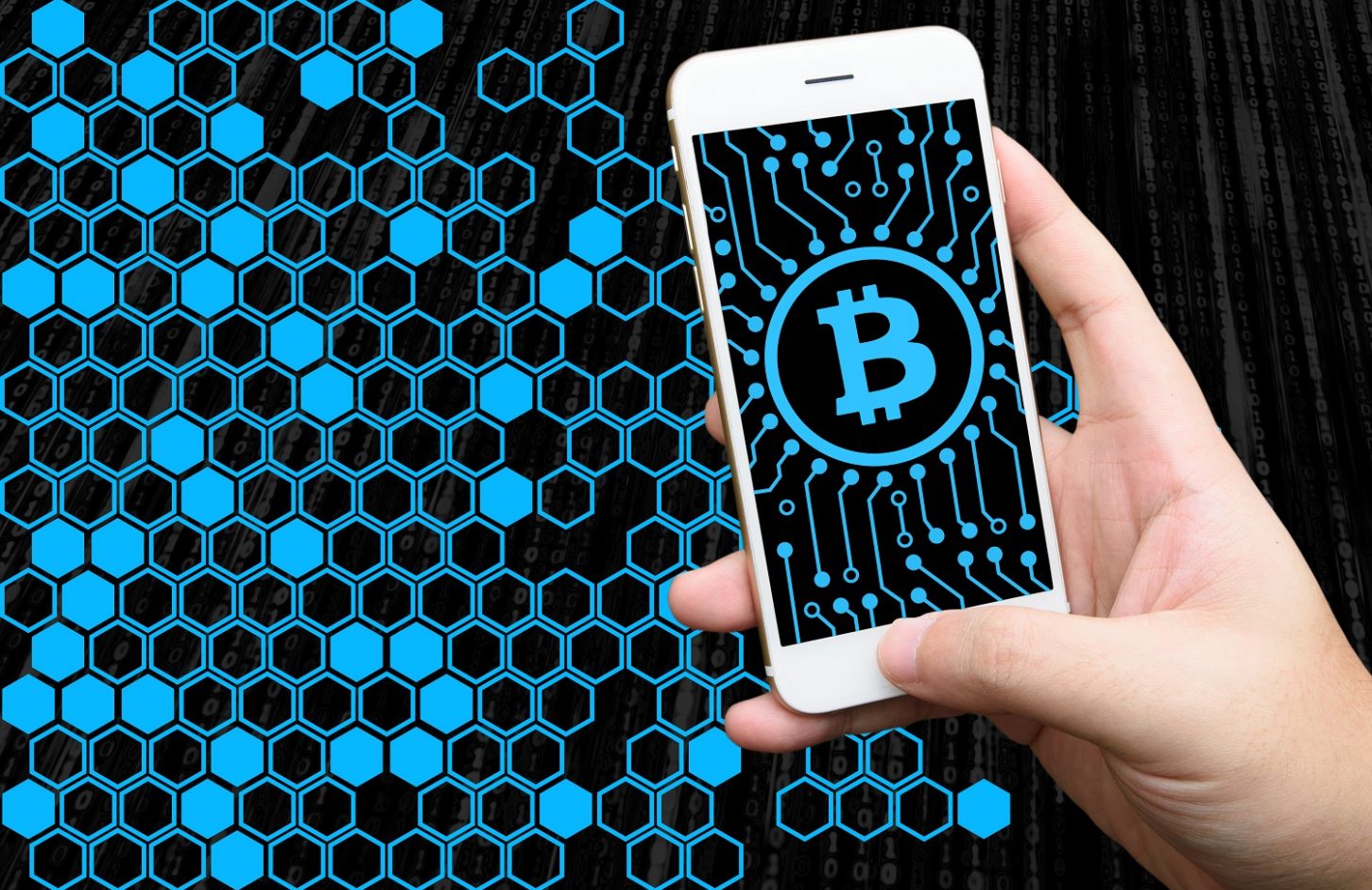Blockchain technology has become something of a buzz phrase. But what exactly is it and what can it be used for? Emily Spaven takes a look.
The smell of burning rubber sears through your nose and hits the back of your throat. The sound of screeching tires and revving engines reverberates in your ears – you’re watching, smelling and hearing a bank robbery getaway unfold. Along with 200 other people on the high street – people you don’t know – you see the vehicles turn left at the end of the road. Imagine you then all had to instantly, without discussion, write down what happened.
That’s a very simplistic interpretation of how a blockchain works – multiple, independent parties prove something happened by recording the exact same result. In reality, it’s not people writing results on paper, it’s geographically isolated computing nodes making notes on a distributed ledger, which can’t be tampered with....

